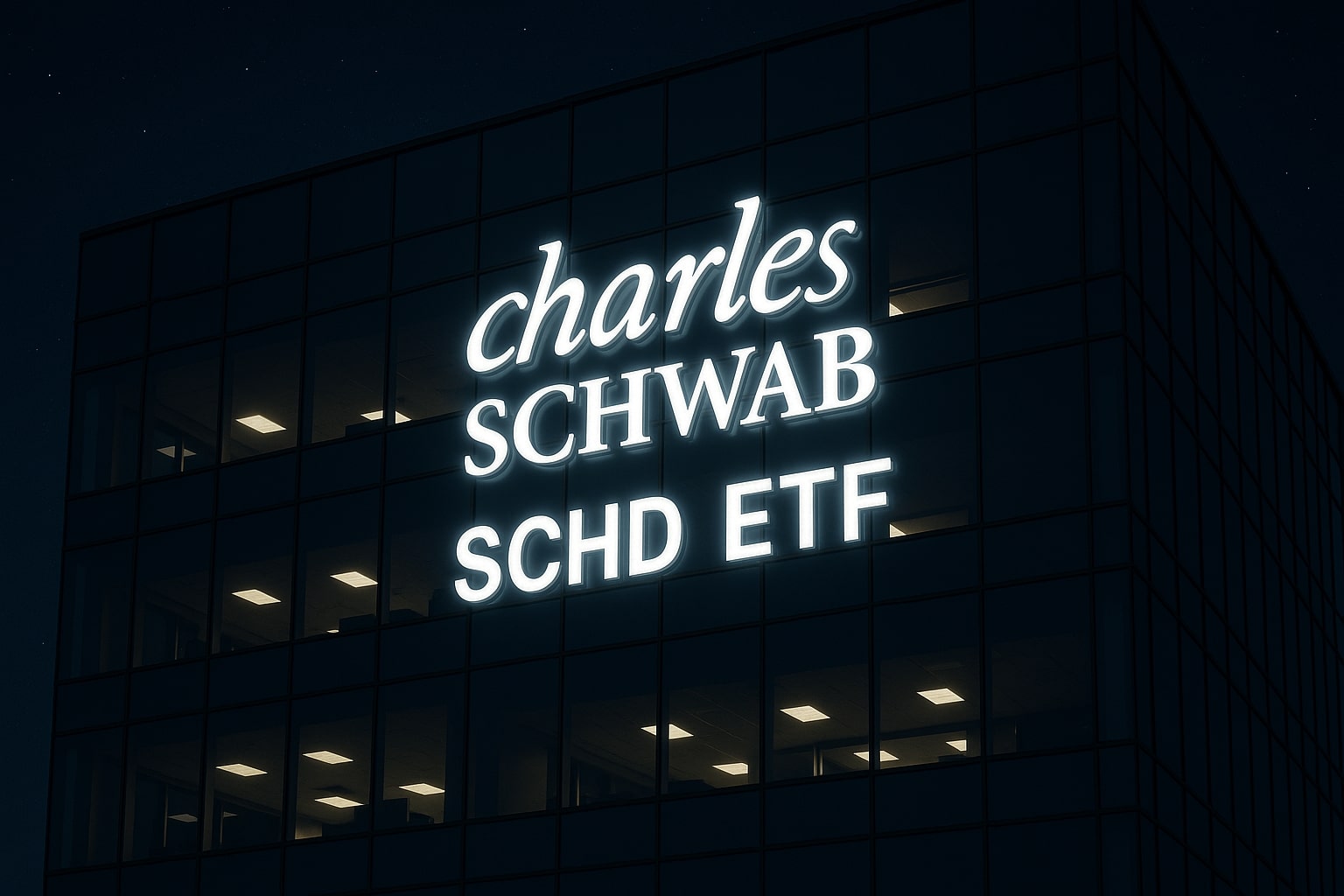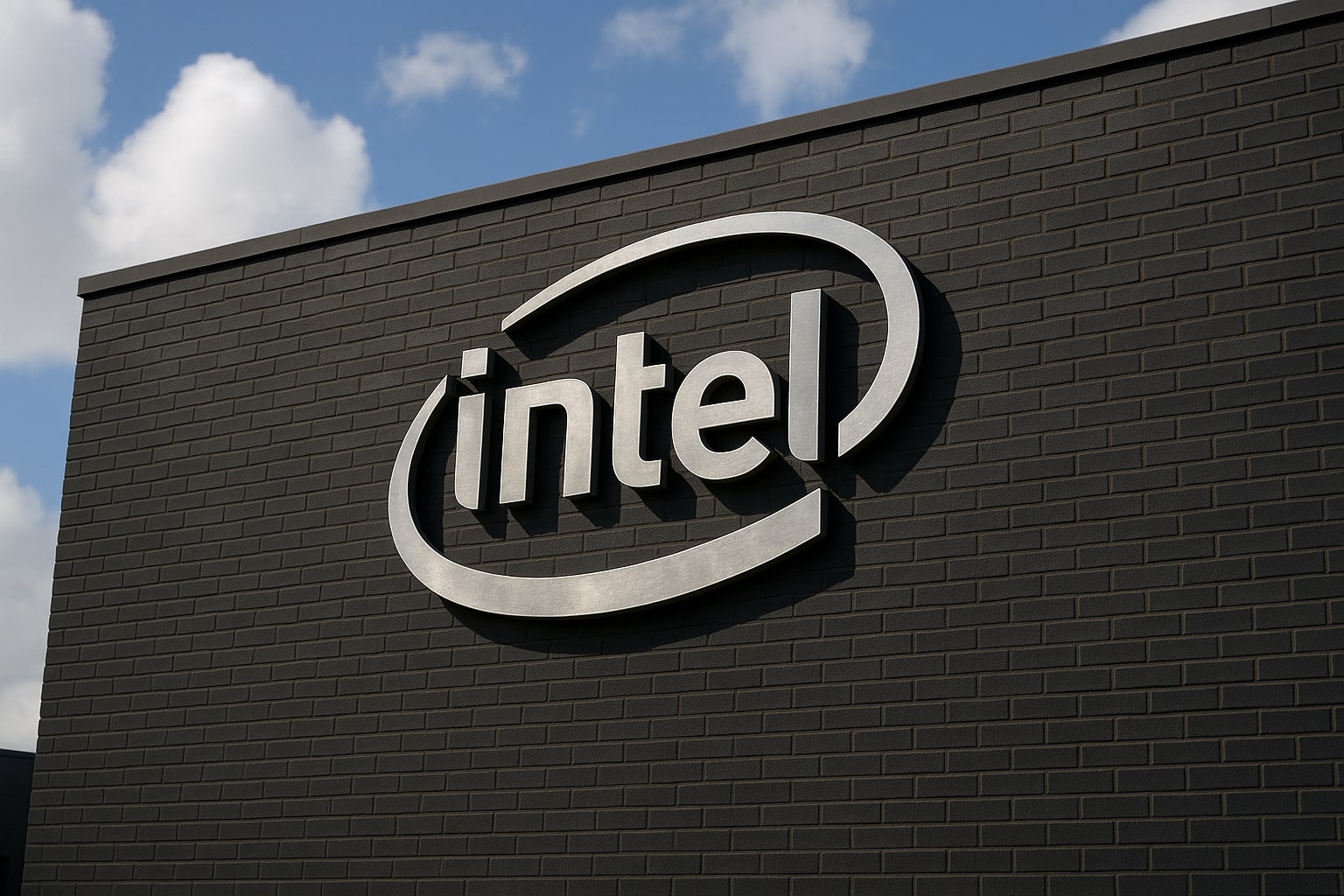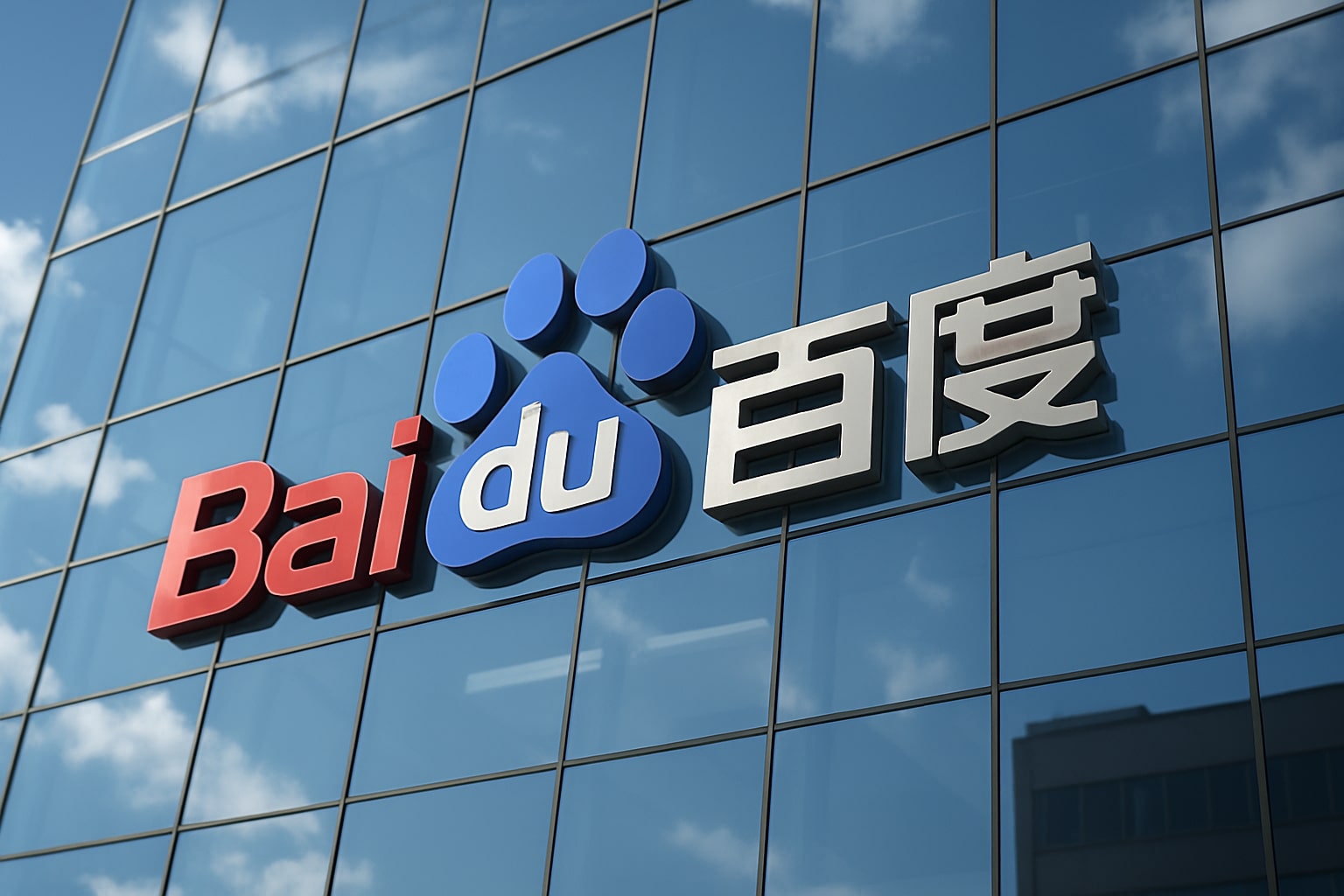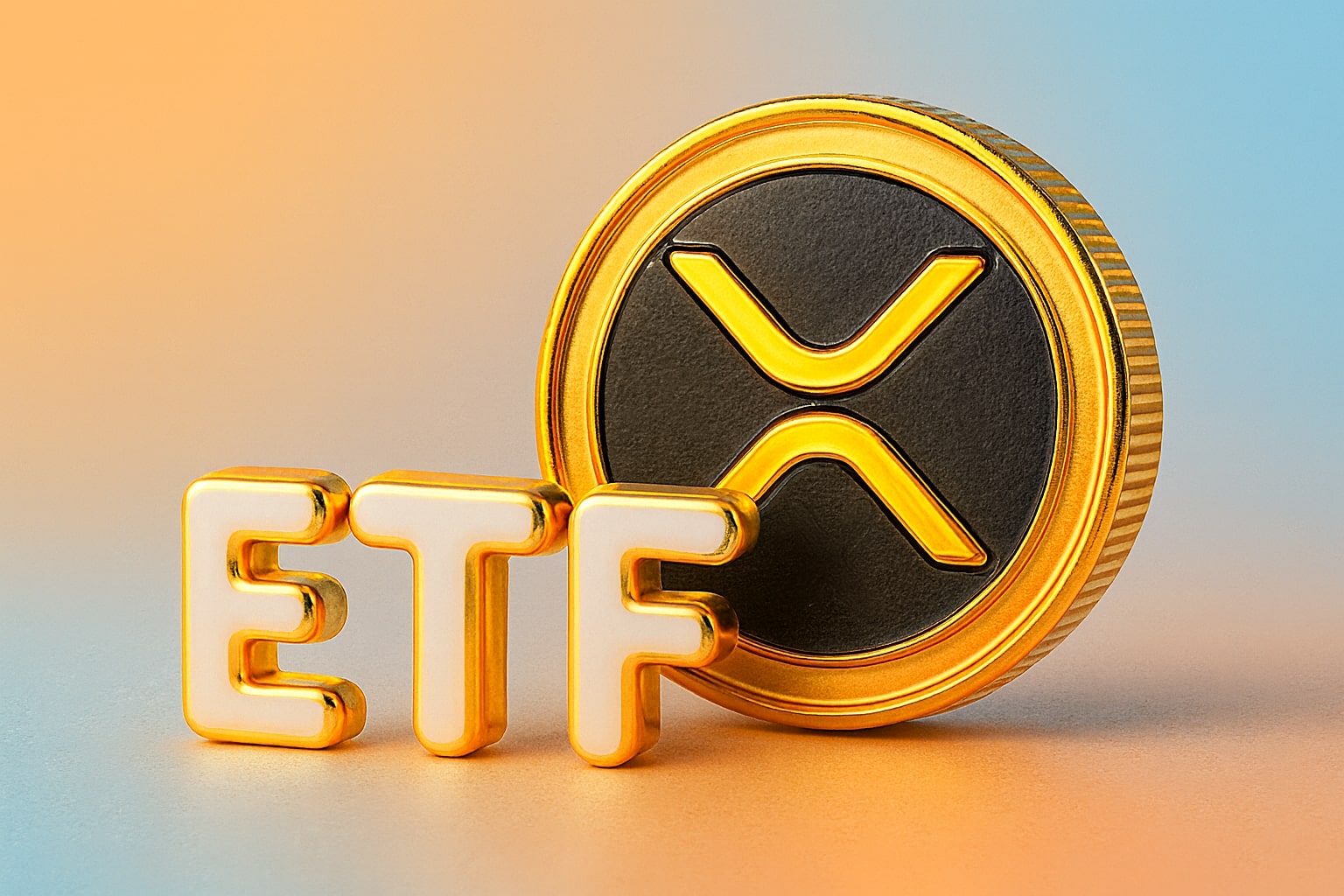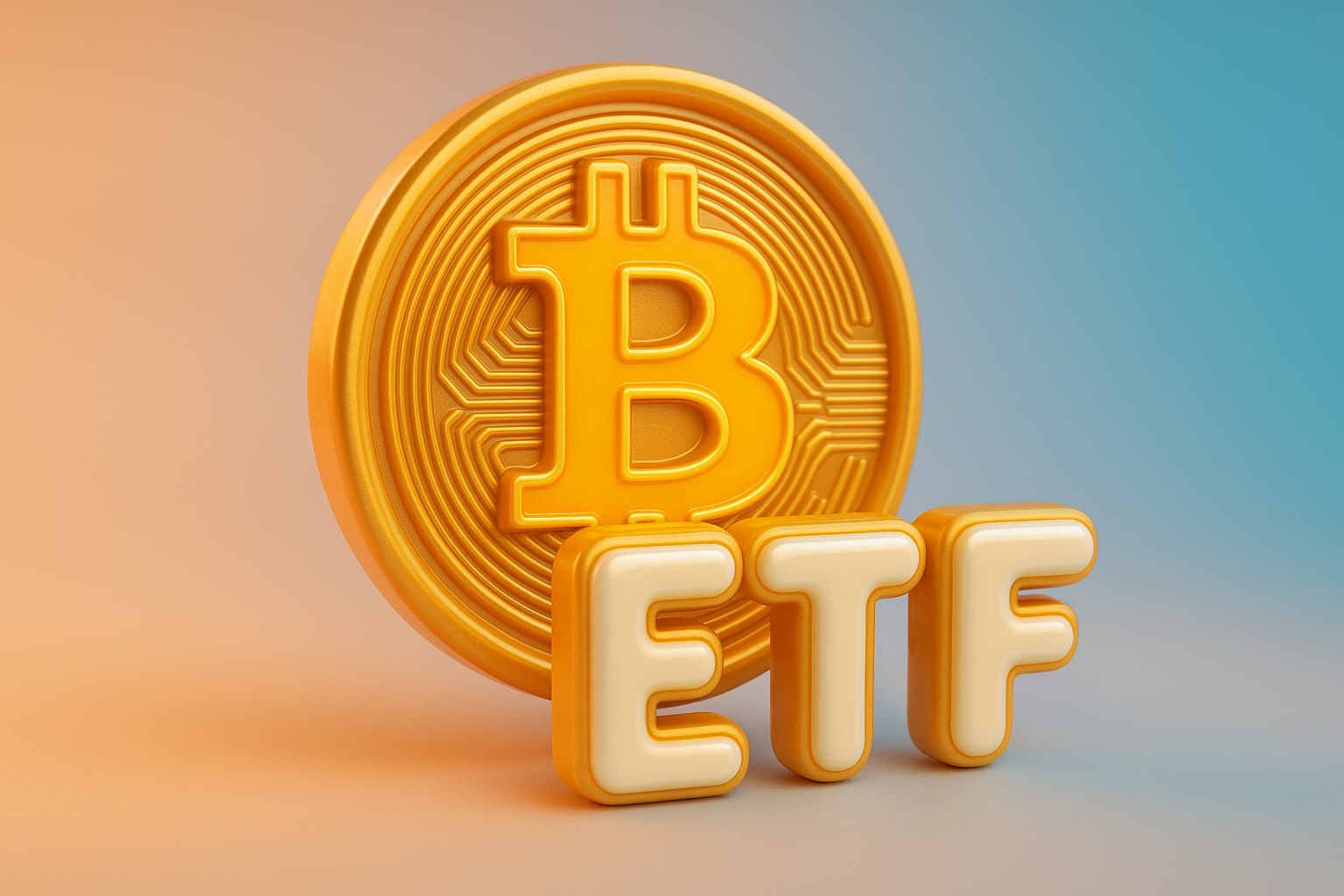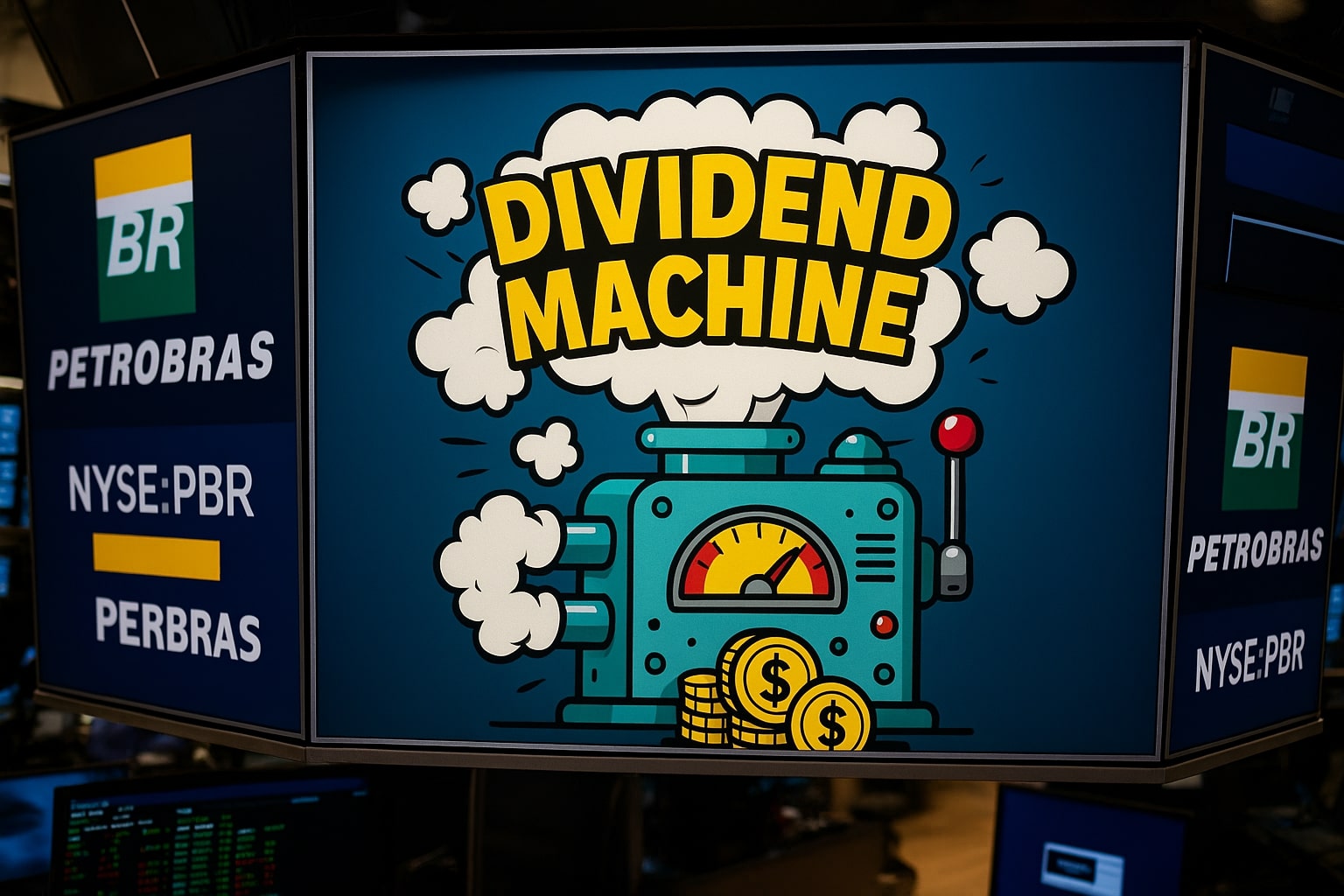
Petrobras (PBR) Offers 13% Yield, Deep Discount Valuation, and Strategic Resilience Under $13
With Brent Crude Near $68, Petrobras Maintains Payout Strength, Leverages Low Breakevens, and Defies Sector Selloff | That's TradingNEWS
Petrobras (NYSE:PBR): Volatile Oil Giant With Deep Value Appeal
Dividend Windfall Backed by Strong Cash Flow, Despite Oil Volatility
Petrobras (NYSE:PBR) continues to command attention in the energy sector thanks to its formidable dividend yield—recently hovering around 13% LTM, far ahead of Chevron’s 4.6%, Exxon’s 3.5%, and Occidental’s 2.1%. This yield, though highly volatile, reflects the company’s robust free cash flow stemming from low breakeven costs around $45 per barrel, allowing the company to remain profitable even amid price downturns.
Despite a pullback in oil prices—from $75 in early 2025 to as low as $60 per barrel during the April correction—Petrobras maintained solid payouts of ~$0.31 per ADR in Q1, translating to $1.43 YTD. The company’s dividend policy pegs distributions at 45% of FCF, down from 60%, in light of rising capital needs and unpredictable crude markets.
State Ownership: The Root of Its Discounted Valuation
Trading at just 4.78x forward P/E and 2.61x forward Price/Cash Flow, Petrobras is a clear value outlier. Peers like XOM (16.9x P/E), CVX (18.8x), and DVN (8.3x) trade at much richer multiples. The main reason? Its government-controlled structure breeds political risk, but that same dynamic helps keep costs low and shields Petrobras from some international market pressures.
Market cap has slid to $82.5 billion, with the stock now trading around $12.80, significantly off the 52-week high of $15.73. Yet even with this retreat, Petrobras outperformed the broader Oils-Energy sector in early 2025 with a 14.25% YTD gain at one point.
Crude Realities: Oil Spot Prices, Global Supply, and Capex Discipline
The oil market environment has been bruising. Spot Brent crude plummeted to $60 during the April selloff and now trades near $68, still below Petrobras’ Q1 average realized price of $75.66/bbl. With the EIA forecasting Brent at $58 in 2026, Petrobras is preemptively dialing back its 5-year capex, previously targeted at $111B (2025–2029), compared to $75.7B (2020–2024).
Capex for FY2025 remains set at $18.5B, and management has signaled a strategic pivot: focus more on cash preservation, simplification of mega-projects, and trimming exposure to low-carbon/renewable assets that often carry steep costs.
Debt Load Rising, Free Cash Flow Under Pressure
The Q1 2025 report showed $4.53B in FCF (down 30.7% YoY, but up 20.4% QoQ), a sign that declining oil prices are squeezing margins. Gross debt has climbed to $64.5B, nearing the company’s self-imposed ceiling of $65B. While Petrobras can absorb a short-term hit, further debt expansion could constrain future payouts if spot prices drop further.
With production volumes in Q1 hitting 3,978 Mboed (up 4.7% QoQ, 3.1% YoY), Petrobras is offsetting some margin loss through volume growth. However, the benefit narrows as spot prices normalize, especially if Brent trends toward $58 as projected.
Forward Earnings: Lower Topline, Stable Profitability
Consensus forecasts suggest Petrobras will generate $81.97B in revenue for FY2025, down 10.3% YoY, with EPS at $2.73, a drop of 8.4%. Despite lower revenues, the company's profitability outlook remains intact, bolstered by low operational costs and lean break-even economics. Analysts expect Q2 EPS of $0.64, which would be a +36% YoY improvement, albeit off a weak base.
Notably, Petrobras’ quick ratio remains modest at 0.47, and its current ratio at 0.72, reflecting tight liquidity but not in crisis territory. Debt-to-equity is manageable at 0.76, further supporting continued dividend flow.
April Selloff Was Overdone: Deep Value Opportunity Emerges
Shares tumbled during the broader April market correction, as investors dumped energy stocks amid tariff fears and collapsing oil prices. PBR dropped below $12, but has since rebounded to the $12.80–$13.10 range, with technical support around $11.00. This floor was tested in both April and June 2025, and held firmly—strengthening the case for a value-based recovery.
With FCF yields still north of 10%, and the dividend payout backed by volume growth and capex discipline, this is a classic high-risk/high-reward play, especially for yield-focused investors.
Final Take: Is NYSE:PBR a Buy, Sell or Hold?
Despite the macro headwinds, Petrobras (NYSE:PBR) presents a rare mix of exceptional yield, deep valuation discount, and volume-led resilience. The state-run nature introduces volatility and political baggage, but also ensures strategic backing and cost advantages that most Western oil majors lack.
If Brent stays in the $65–$70 range and Petrobras executes on its revised capex and payout strategy, this stock is materially undervalued.
Verdict: BUY. This is a dividend powerhouse trading at recession-level valuations. For yield hunters willing to stomach volatility, the reward/risk ratio is compelling.
That's TradingNEWS
Read More
-
SCHD ETF Price at $27: Can SCHD’s 4% Yield and 9.15% Dividend Growth Beat High-Yield Covered Call ETFs?
15.12.2025 · TradingNEWS ArchiveStocks
-
XRP ETFs Close on $1B Inflows as XRPI at $10.92 and XRPR at $15.52 Hit 52-Week Lows
15.12.2025 · TradingNEWS ArchiveCrypto
-
Natural Gas Price Forecast: NG=F Holds the $4 Floor as Oversupply Clashes with 2026 LNG Demand
15.12.2025 · TradingNEWS ArchiveCommodities
-
USD/JPY Price Forecast - Dollar to Yen At 155: Yen Strength Builds As BoJ Hike And NFP Collide
15.12.2025 · TradingNEWS ArchiveForex














